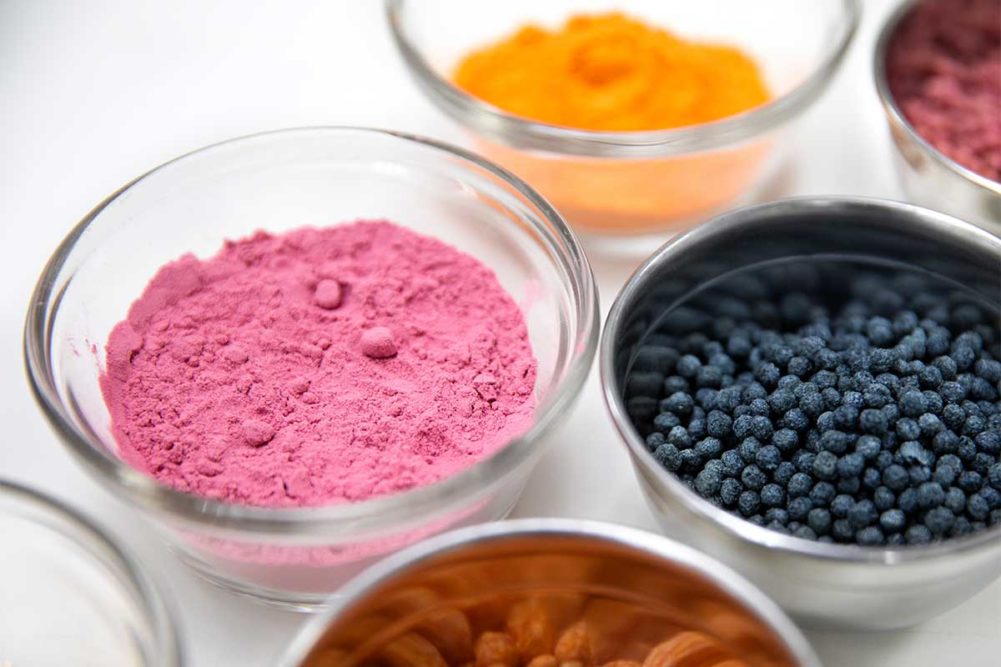When thinking about using natural colors in baked goods and snacks, it’s easy to get hung up on the limitations these additives have compared to their synthetic counterparts. In some ways, it’s true.
These ingredients — which aren’t labeled as natural at all — need to be formulated with care to ensure stability and vibrancy. These colors are often extracted from plant sources like paprika, turmeric, beet, sweet potato, radish, red cabbage, spirulina, annatto, caramel, carrots and beta-carotene. Each comes with its own pH, moisture and sugar content, and even flavors and odors.
“Color plays an important role in making bakery products tempting to eat,” said Susan Frecker, senior application scientist, Oterra. “Achieving vibrant colors using naturally sourced colors rather than using those from synthetically derived FD&C dyes can be a bit more challenging.”
Many staple synthetic colors, however, have been delisted, and consumers’ demand for natural ingredients persists, leaving bakers and snack manufacturers turning to the ever-growing palette of naturally derived colors. The science of natural colors, officially identified by the US Food & Drug Administration as colors exempt from certification, is catching up.
“Natural colors have improved a lot in the last few decades because the growing cultivar selection for raw materials provides increased pigments as well as increased levels of co-pigments that naturally stabilize the color,” said Jeff Greaves, Eastern US and international sales, Food Ingredient Solutions. “Through processing improvements, we’re able to make stronger colors, and then there has been some work to introduce new colors: blue from the jagua fruit and butterfly pea and apple juice brown as an alternative to caramel. There are quite a number of them.”
While many colors can become muted because of low heat tolerance or light sensitivity, a multitude of options allow bakers to find one that works for their application.
“When you work with natural colors, there’s a broader range,” said Emina Goodman, senior director, commercial color development, ADM.
“For example, in synthetic colors for yellow, you have Yellow No. 5. If you want to look at natural and botanical options for yellow, you have safflower, turmeric, beta-carotene and annatto. The challenge isn’t that they aren’t stable. The challenge is choosing the right color for the right system.”
Finding that appropriate color source requires understanding the application’s needs from processing to display as well as the different natural options available.
This article is an excerpt from the July 2021 issue of Baking & Snack. To read the entire feature on Colors, click here.





